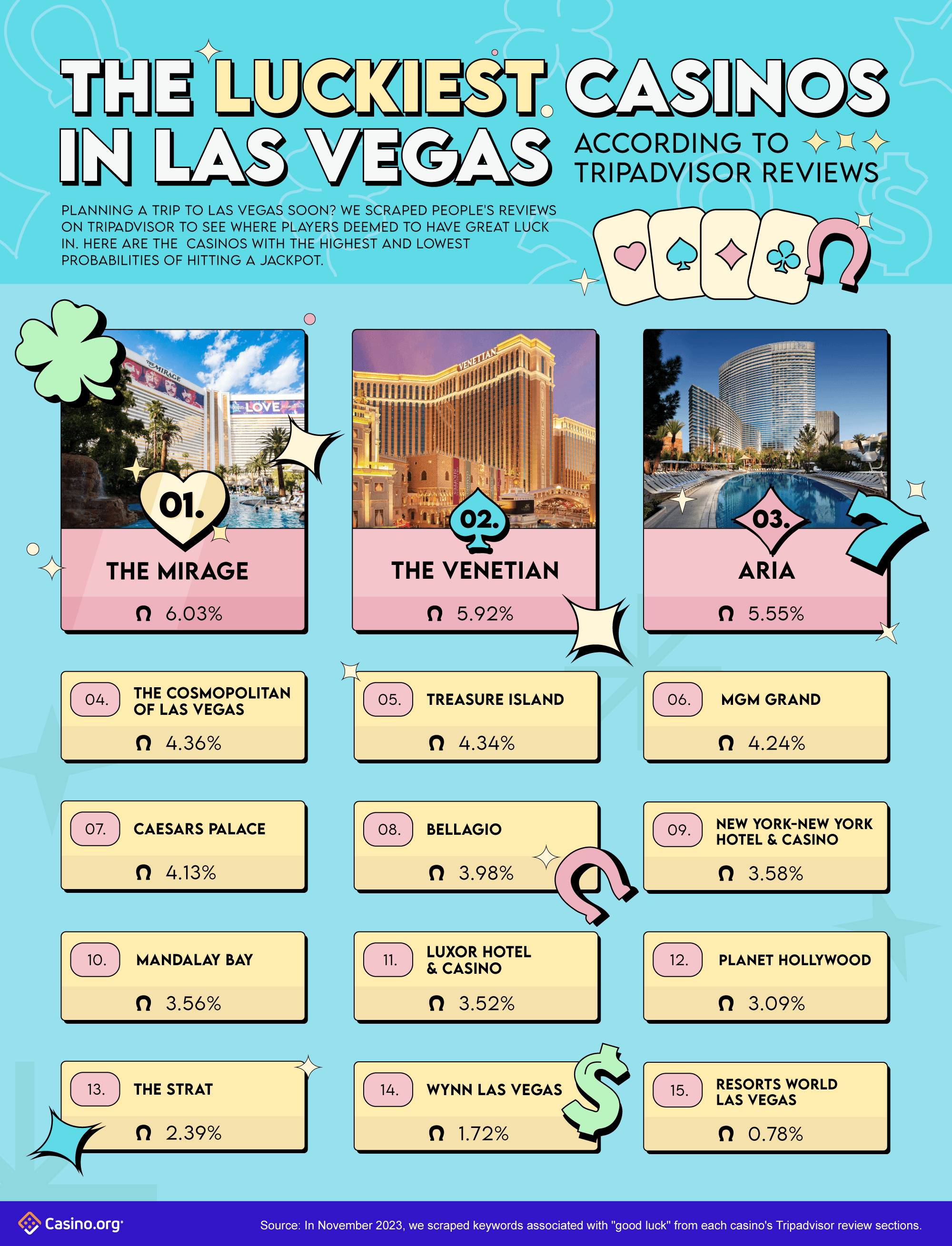
Casino games have long captivated a diverse audience, delivering not only the excitement of risk but also a unique experience tailored to diverse types of players. Including strategic players who thrive on calculation and skill to more casual gamers in search of entertainment, casinos recognize the nuances of their audience and develop games that meet these varied tastes.
In exploring the universe of casino gaming, we encounter a rich tapestry of game types that appeal to players of all kinds. High-stakes poker tables draw competitive players, while colorful slot machines attract players who seek quick rewards. Whether it’s about the allure of winning big or simply savoring the community feeling, casinos tailor their game offerings to ensure that everyone finds a spot that feels comfortable and engaging. Comprehending how these games are tailored to different kinds of players can enhance not only our understanding of them but also our approach to choosing which games to play.
Grasping Participant Groups
In the varied world of casino entertainment, participants can be classified into specific kinds based on their drives and preferences. These participant categories range from the relaxed and social gamers, who enjoy the fun value and community interactions that gambling provides, to the more strategic and calculated players, who seek to increase their probabilities and profits. Grasping these different categories is essential for casinos to tailor their offerings and design immersive experiences.
One common category is the social player, who considers casino games as a form of group interaction and fun rather than a high-stakes gambling activity. These participants often enjoy games that encourage involvement and togetherness, such as poker. Their attention is on the journey rather than the outcome, so lively environments and collective moments are what they hold dear the most.
On the opposite end of the scale, strategic players are inspired by contest and the quest of ability. They tend to be drawn toward games that demand tactical planning and strategy, such as strategic card games, where their abilities can influence the conclusion. This category often interacts with the games on a more intense level, utilizing expertise and approaches to secure an edge. Comprehending these drives allows casinos to build settings and game selections that suit to each player’s individual choices.
Game Design Strategies
Casino games are created with diverse player types in mind, employing various strategies to attract and capture them. For recreational players, the focus is on ease and ease of understanding. Games like slot machines are frequently aesthetically pleasing with simple mechanics. This enables players to experience the gameplay without a difficult learning curve, fostering an welcoming atmosphere. The vibrant hues, engaging audio, and thematic elements create a fun environment where players can quickly get immersed and entertained.
For tactical players who enjoy a deeper level of involvement, games such as poker and blackjack offer depth and skill-based elements. kubet These games feature strategy and decision-making, attracting to players who thrive on competition and want to utilize their mental skills. The design of these games regularly includes intricate rules and mechanics that challenge players to hone their skills and create strategies over time, creating a rewarding experience for those who appreciate perfecting the game.
Furthermore, community-oriented players are catered to through games that emphasize interaction and community. This comprises live casino options and multiplayer games, which cultivate a sense of camaraderie among players. The design of these games typically includes communication tools and communal aspects, allowing players to interact and exchange insights. By creating an environment where interaction is promoted, casinos can effectively involve social players, making the gaming adventure more pleasurable and unforgettable.
Boosting Participant Experience
Gambling games have advanced considerably to offer a much more entertaining environment for participants. Game designers focus on immersive graphics, rich soundscapes, and innovative gameplay mechanics that draw players into the gaming environment. By employing technology, such as immersive technology and AR, casinos ensure that participants feel as if they are part of a dynamic experience, enhancing in addition to the pleasure of the games but also the entire satisfaction of being in a casino.
Player interaction is another critical element in enhancing participant satisfaction in casino titles. Several options are designed to encourage engagement among players, whether through multiplayer formats or social tools. This interactive component appeals to gamers who like connecting with others while competing, fostering a feeling of community. Furthermore, community aspects can include ranking systems, contests, and prizes for collaborative play, which engage ambitious participants and motivate them to revisit for additional.
Finally, customization plays a pivotal role in tailoring the engagement for various player types. Casinos and game developers examine gamer activities and preferences to offer customized gaming recommendations and rewards. By understanding the individual tastes of players, casinos can present tailored offers, incentives, and new game releases that satisfy each participant, thus boosting their complete engagement and devotion to the casino.
